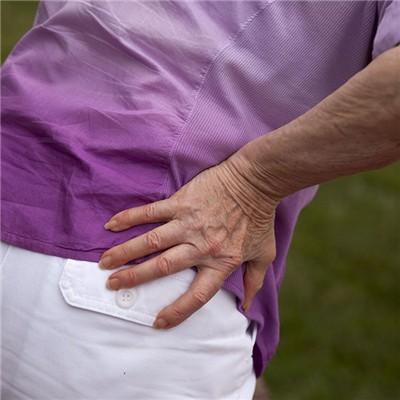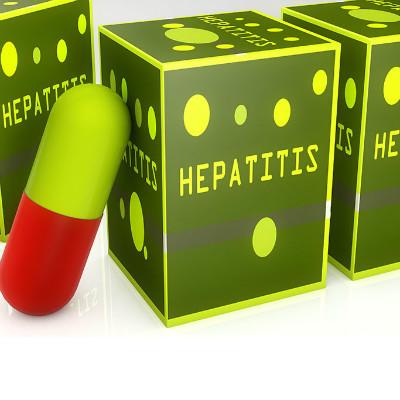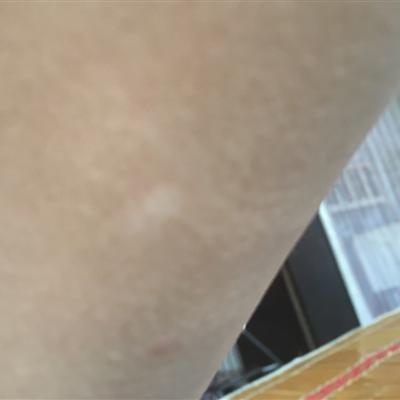How to cure white coat hypertension?
summary
White coat hypertension is a special type of hypertension. At present, there are many studies on it. However, due to the inconsistent results, there are some controversies. There are mainly several problems: the diagnostic criteria of WCH; the diagnostic criteria of WCH; The generation mechanism of WCH; Whether WCH has damage to target organs; Whether WCH needs treatment and the prognosis of WCH. How to cure white coat hypertension?
How to cure white coat hypertension?
White coat hypertension refers to the untreated patients with hypertension, showing that the blood pressure measured in the diagnosis room is always high, while in the environment outside the consulting room, the daytime blood pressure is not high, and the ambulatory blood pressure monitoring is normal. Some people think that "simple consulting room hypertension" is more appropriate.
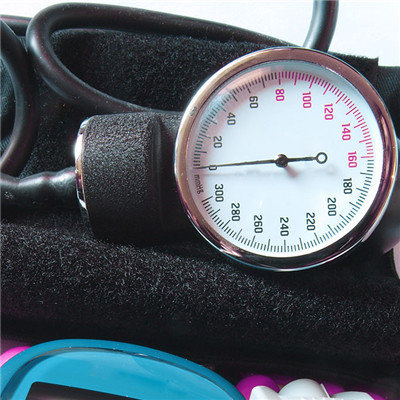
Some studies suggest that WCH patients have structural and functional changes of heart, cerebrovascular and kidney, and abnormal metabolism of blood lipid and blood glucose. According to the sixth report of the National Joint Committee on prevention, detection, evaluation and treatment in the United States, we suggest that patients with WCH should be treated with drugs. Some experiments have shown that WCH patients have functional cardiovascular abnormalities, which can be improved by antihypertensive treatment, and WCH patients can benefit from antihypertensive treatment. WCH has a high probability of developing cardiovascular structural and functional abnormalities, and the mortality and incidence of cardiovascular disease decrease with the antihypertensive treatment of WCH patients. In drug selection, we should select drugs according to the mechanism of WCH and the specific situation of patients β Receptor blockers, angiotensin converting enzyme inhibitors and calcium antagonists.

Many experts believe that WCH may not need antihypertensive treatment, and even after treatment, it only reduces the blood pressure in the consulting room, but has little effect on ambulatory blood pressure. There are some differences between patients with WCH and patients with hypertension, so antihypertensive therapy may not be necessary. According to the WHO and ISH guidelines for the treatment of hypertension in 1999, the need for treatment of simple consulting room hypertension should be determined by the overall risk status and the presence of target organ damage. If not treated, close follow-up is necessary. In recent years, the emphasis on non drug treatment of WCH patients, WCH should pay attention to the adjustment of lifestyle and prevent tension; Some studies suggest that these stress treatments may reduce cardiovascular risk by reducing the activities of catecholamine and renin angiotensin aldosterone.
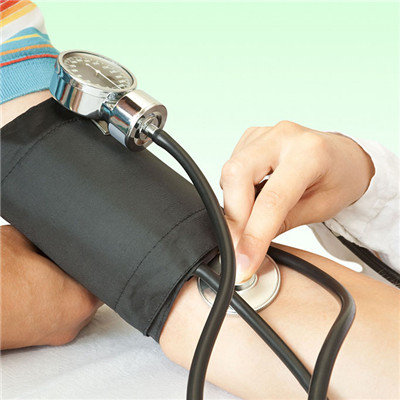
matters needing attention
The prognosis of patients with WCH has different opinions on whether the prognosis is poor or not: some studies believe that hypertension alone can not be regarded as completely normal blood pressure, and it needs to be followed up carefully. Other studies suggest that the possibility of cardiovascular risk in WCH is similar to that in mild to severe hypertension. After a long period of follow-up, the risk of WCH developing hypertension increased, and with the emergence of ambulatory blood pressure hypertension, the probability of cardiovascular risk also increased. A 54 year follow-up study showed that more than half of WCH developed persistent hypertension. Therefore, WCH may be a predictor of the development of persistent hypertension.

